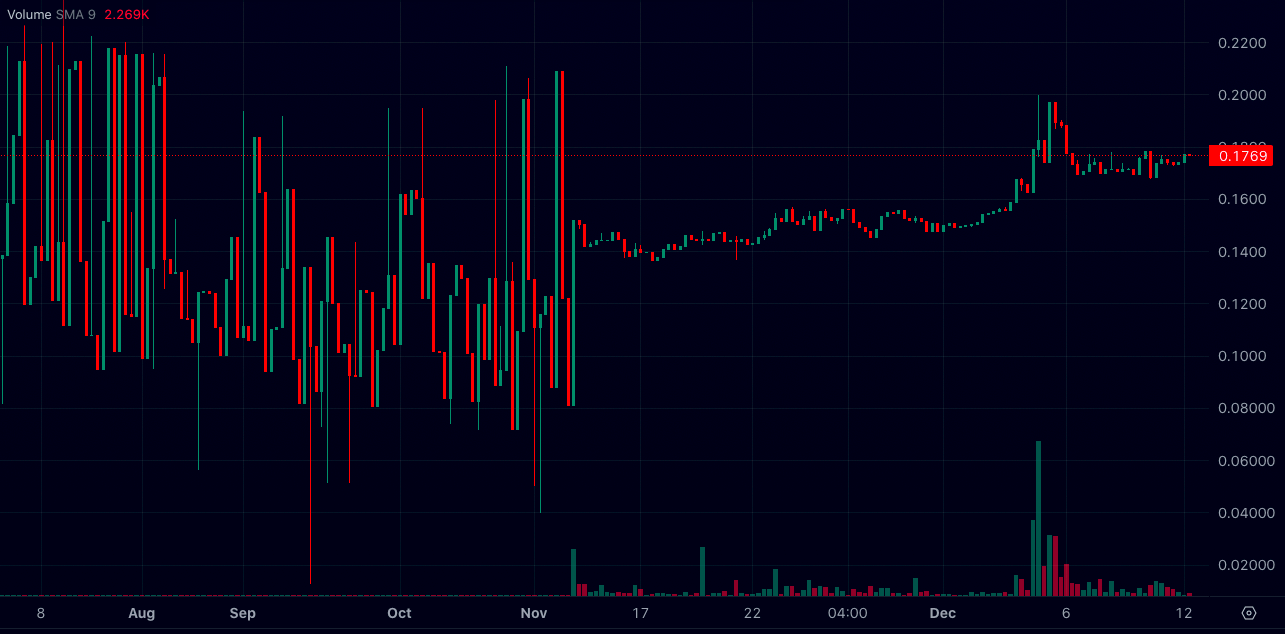Market making strategy
What is market making strategy
Market making strategy is an automated investment algorithm that is used to provide liquidity, by filling up the order book with buy and sell orders, so that other market participants, buyers and sellers alike, could execute their orders whenever they need to.
So market maker plays a special role in the financial ecosystem providing price discovery and building trust in the market.
From a technical point of view, market making is like arbitrage or triangular arbitrage, a high frequency trading (HFT) strategy.
Goals of a market maker
Market makers have duties on providing liquidity, which is understood as:
- Being present with their orders no matter the market conditions, allowing other market participants to trade
- Making the depth of the market,
- Making the bid-ask spread tight
- Reduce the costs of other investors to trade
Market making algorithm
The market making strategies constantly quotes buy and sell orders on both sides of the order book with a defined bid-ask spread. Being always present on the market creates many risks that impose many additional requirements on market making strategies that distinguish them from other strategies:
- They are super fast to react quickly to changes in the market before other professional traders will.
- They are fully automated.
- They need to minimize the risk of adverse price movement.
Different types of marketing strategies:
- Remarketing, or liquidity mirroring
- Market making with or without hedge
- Spot vs futures market making – benchmarking and hedging to a futures market, like perpetuals for the same instrument
Features, parameters
For market making strategy to function in the market, it usually needs parameters that define its behavior in the market. Some basic examples of parameters include:
- Benchmark instrument
- Hedging instrument
- Quoted spread, along with minimum and maximum values
- Order size
- Order levels – how many bid and ask orders on different price levels will be populated in the order book
- Price intervals – between order levels – another parameter defining the order ladder
- Position limit – risk management
- Minimum and maximum quoted price levels – safety checks for bad ticks or extreme volatility possible in the events like large liquidations. Any safety parameters are always welcome in the market making operations
- Maximum drawdown – another safety check defining the maximum loss that can be incurred by a strategy
What else is needed to perform market making operations?
So we have a basic algorithm, now what about its execution?
Software and hardware infrastructure is a big topic due to the requirements layout at the beginning of the article. Market making is basically a low-latency strategy. If you want to be 100% time on the market, you have to be extremely fast to not be exploited by other market participants that have information or time advantage.
We invested a lot in building a market making software platform to execute algorithms, basically an operating system, that also covers connectivity to different exchanges, and translates all the messages and events into a common format understandable to all our algorithms.
Now all our infrastructure runs on over 80 production servers (and an additional 50 for test and staging purposes), and we are not the biggest ones in the industry. So yes, we could say that market making is mainly a software business and we are all engineers.
FAQs
Can I use ready-made market making bots?
To play or test, yes. But for production operations of providing liquidity? For all the reasons explained in the last point, definitely not. They are too slow and too immature from a technological perspective, and you will just slowly bleed out of capital.
Is market making risk free?
Definitely not. They must sell when people want to buy and prices rise. They must buy when people want to sell and prices decline. Market makers carry therefore an inventory risk.
How do market makers make money?
Basically on the quoted spread, minus costs of hedging and adverse price moments on the inventory.
Can you beat the market maker strategy?
Yes, but rather not in low latency game. Market makers have to be present all the time on the market. You don’t. Market makers have duties on providing liquidity, making the depth of the market, and making the spread tight which carries some risks, described before. If beating a market maker in the order book for some reason would be a goal, I would try to exploit these properties.
What is the market making strategy in crypto?
Market making on crypto exchanges is a bit different than in TradFi. Markets are fragmented, there are many exchanges, where the price is created, and there is no one dominant exchange. And what’s new is the whole DeFi space? Decentralized exchanges do not have order books, they operate with the Automated Market Maker and Liquidity Pools concepts, which adds one more level of complexity to this topic.
How does market making strategy work – case study
We are market makers. We have built software for market making for over ten years on both traditional financial markets as well as in the crypto space, which is now our focus. Take a look here to read more about how we provide liquidity. You can also schedule a call to get a quote of market making services for your token project.
Below are example charts illustrating how our market-making strategy works.

Start day of our operations
In this chart, the green/red bars reflect bid and ask values +-2% from the current price. Our algorithms improved the market depth by 554.52%. This made our share in the most actively trading zone on this market equal to 88.83%.

Start day of our operations
Prior to our entry into this market, there was no depth and price volatility reached 165%! Our algorithms increased market depth and stabilized the price (with a maximum volatility of 9%) and offered investors constantly good trading conditions which, as a consequence, contributed to an increase in volumes.
Learn more about our market-making services or schedule a call to discuss offerings for your token project:
For those feeling hungry for some theoretical background, a short list of books on market making.
Learn more on High Frequency Trading here
Check similar strategies to market making like arbitrage, and triangular arbitrage, or check our strategy catalog for a thorough description of different execution strategies applied by hedge funds.



